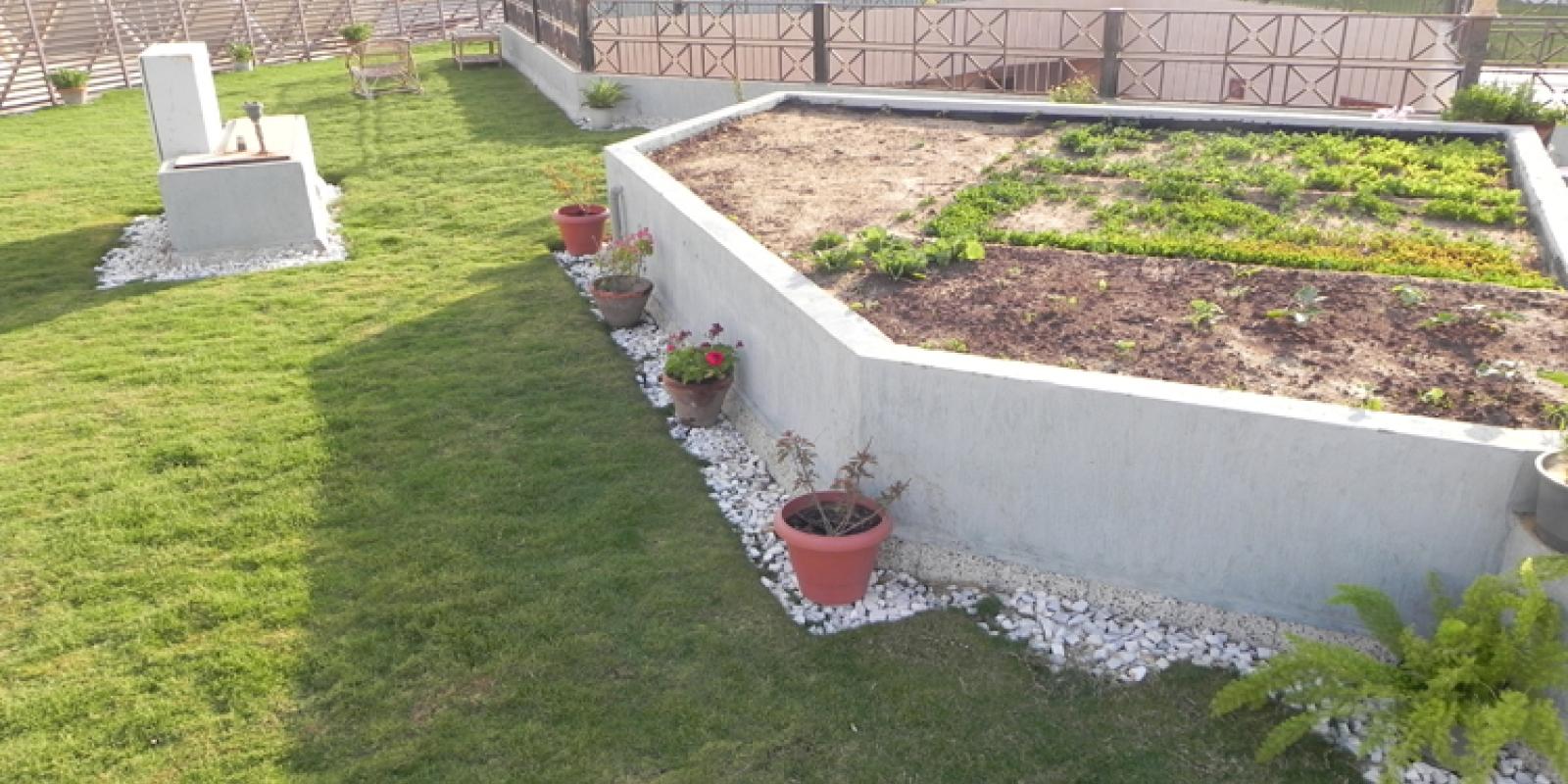
AUC Pioneers Simulation Technology for Green Buildings in Egypt
As architectural design in Egypt is becoming more environmentally conscious, researchers at AUC are looking to build performance simulation to create better green buildings. This technology helps architects predict how environmentally controlled buildings will perform prior to actual construction.
"Building simulation has huge potential to increase the efficiency of sustainable building techniques, as well as decrease cost," said Ahmed Sherif, professor in the Department of Construction and Architectural Engineering. "Simulation technology also opens the door for experimentation and innovation."
With this developing technology, architects can run multiple simulations with different potential building materials or physical positioning to envision how a building will function under different scenarios. While there are many opportunities to improve the technology, running simulations gives architects far more information to consider when making building choices, Sherif pointed out. Simulations also cut down on the risk of making large investments that have caused some to be hesitant in employing methods of green architecture. "Simulation helps us figure out how to make buildings more comfortable, more energy efficient and more responsive to the environment," he said.
AUC is already pioneering research in sustainable architecture and building performance simulation. In fact, one of the buildings in the University's Faculty Housing embeds green concepts in its design and structure, which, according to Sherif Maged, director of the Office of Faculty Housing, is "uncommon in Egypt, with only a handful of buildings classified as green.” Among the green concepts embedded in AUC's Faculty Housing building are a green roof, solar water heaters and solar panels.
As green building techniques gain momentum in Egypt, researchers like Sherif are making use of the University's unique resources. "Here at AUC, we have state-of-the-art facilities where we do modeling, as well as testing of these components," Sherif noted. "As a result, there is a large body of publications, coming out of our research groups, in the area of building simulation and how our buildings can be sensitive to the environment."
Working to promote sustainable architecture in Egypt, AUC hosted an Eco-Research Forum in cooperation with the Egyptian branch of the International Building Performance Simulation Association (IBPSA). "This area is growing rapidly here in Egypt," noted Sherif. "Lots of architects are interested in utilizing the latest software. That’s why it was a good idea to join forces with IBPSA to share the latest research in the field."
The forum brought together academics and professionals from across Egypt to exchange research and collaborate on ideas about sustainable building design and green construction methods, primarily focusing on four distinct areas:
• Indoor environment comfort: Explores way to improve users’ comfort within buildings, including climate control and air flow
• Outdoor environment comfort: Examines the positioning of buildings in relation to one another and to the environment around them, with consideration of temperature, shaded spaces and air flow
• Daylighting and visual comfort: Investigates ways a room can be lit by natural daylight without increasing the temperature and the benefits of natural light for human health and well-being
• Whole sustainability design: Looks at how an entire building works as a system to be more energy efficient and environmentally friendly.
Photo caption: The green roof on AUC's Faculty Housing building not only provides faculty members with the opportunity to garden, but makes the building energy efficient by providing an additional layer of insulation from the sun.
